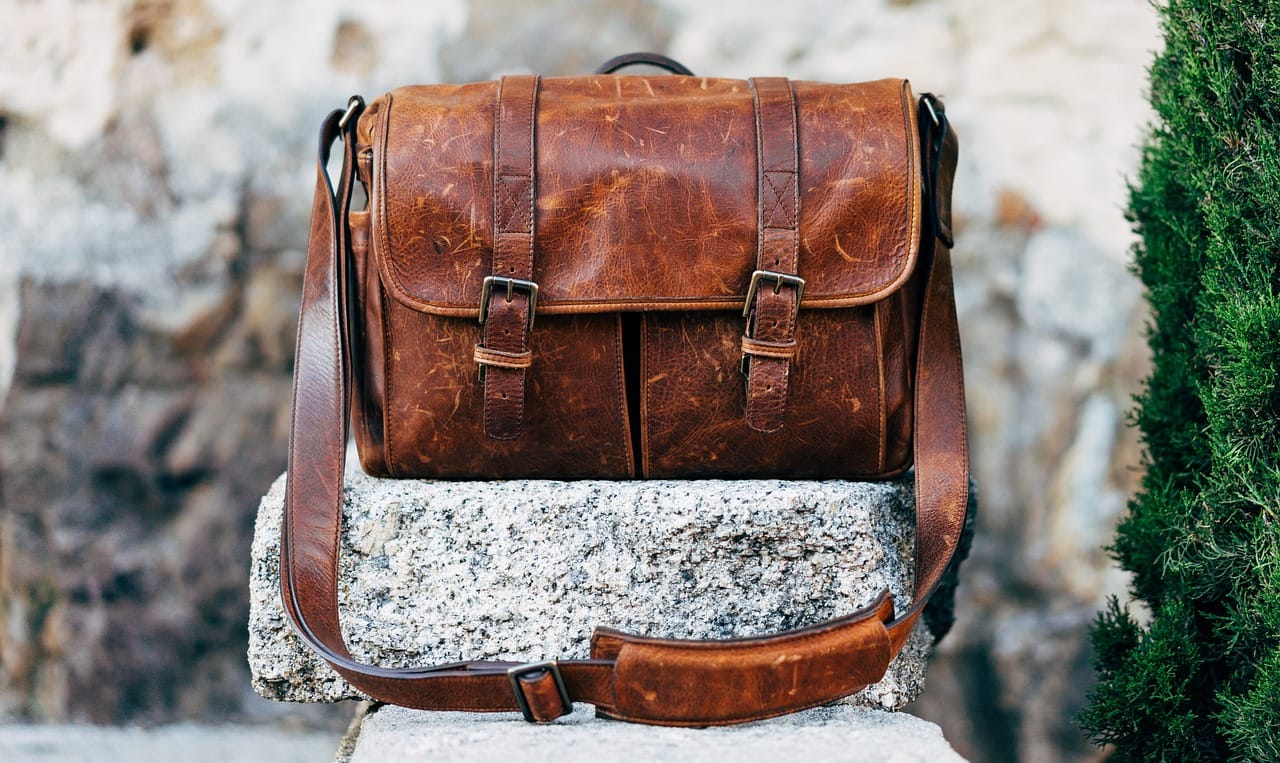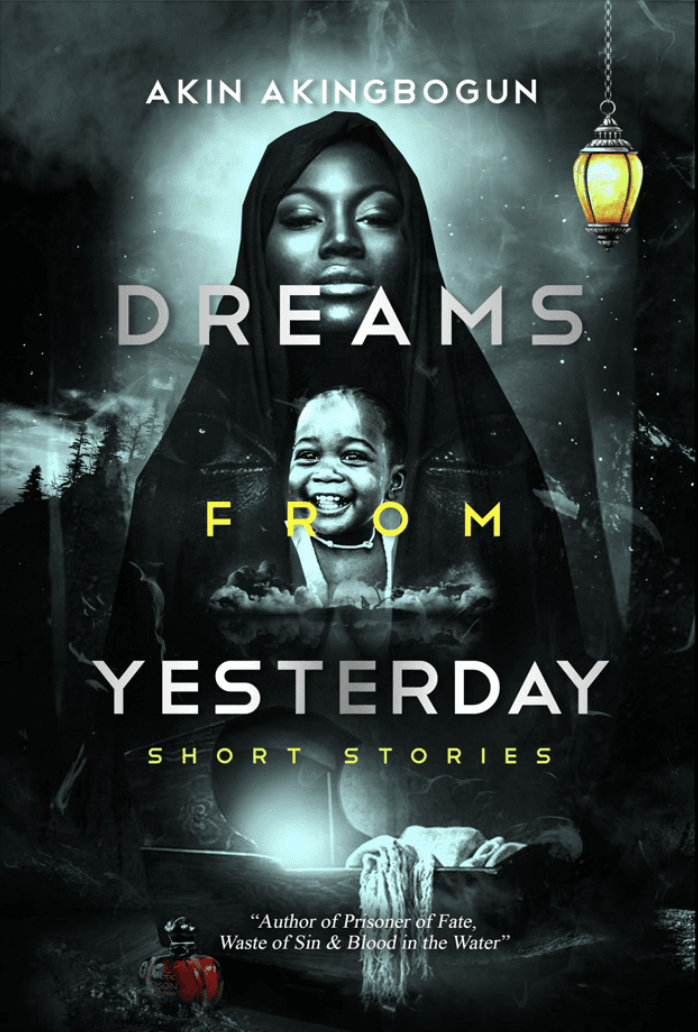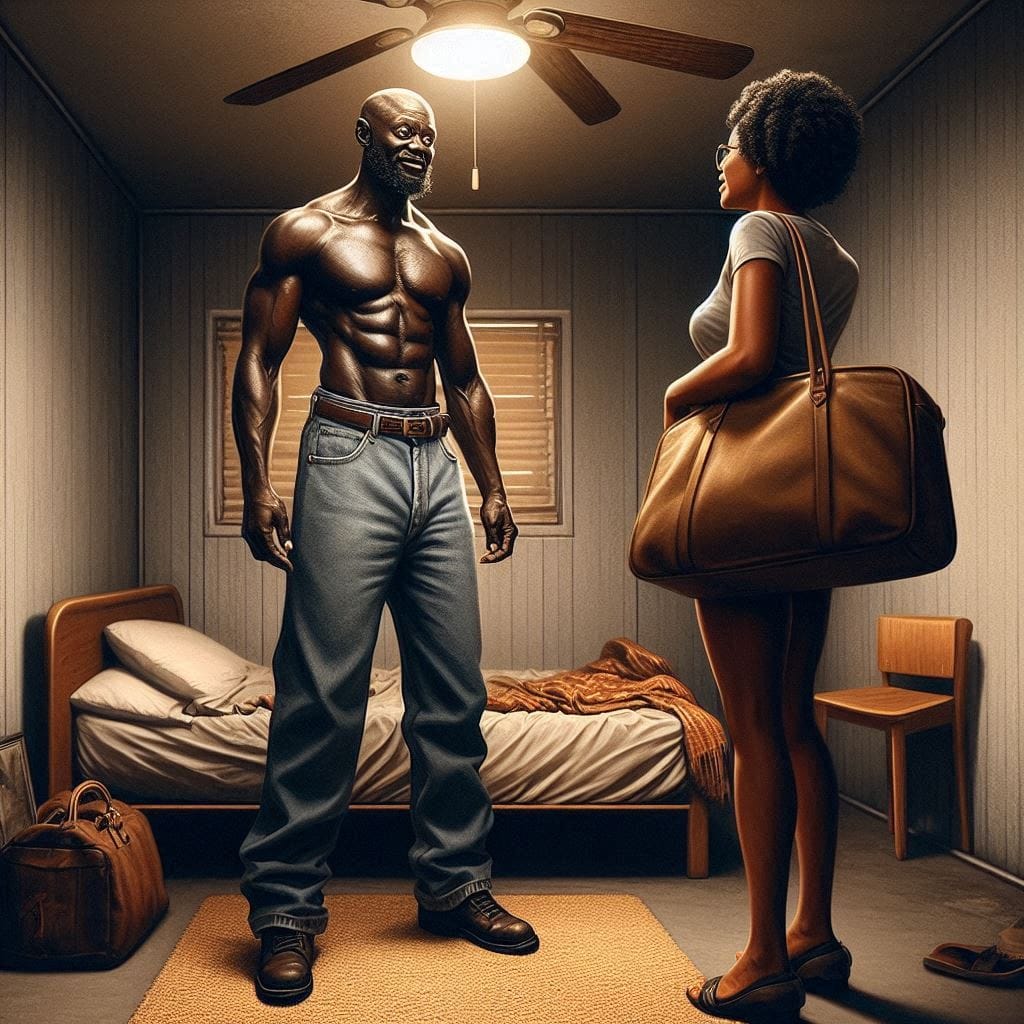
Cheers to 2025
Every New Year holds promise, as though it is any different from the turn of

“The story of the roughly 500-year mummified bodies discovered near the frozen summit of the volcano Llullaillaco in modern day Argentina, with the eldest dubbed “ The Llullaillaco Maiden” was famous for bringing to light these practices and the pains that victims of the practices must have endured.”
She was later to be dubbed the La Doncella (the sun virgin), but that was not until 500years after her frozen corpse was found with her internal organs intact, blood still present in her heart, lungs, and underneath her skin whilst her facial features were mostly unscathed. She was only 15!
She was a virgin, chosen and sanctified around the age of ten years old, to live with other girls, maidens and women who would become royal wives, priestesses and sacrifices. She had become an aclla – virgins of the sun/chosen women in the Inca Empire. They were often given in marriage to men who had distinguished themselves in service to the empire.
But the most perfect of them were selected as human sacrifices for religious rites whilst other lived their lives in a monastic environment.

She had been ritually transformed into Inca-style offerings along with two others- her half-sister and an unrelated 7year old boy and were made to travel in ritual procession to various sacred places throughout the Inca empire in a ceremony dubbed capacocha. The ceremony served as a powerful public manifestation of the Inca Power to organize such propitiatory rituals. The ritual was designed to atone for transgressions committed and to prevent misfortune that could affect the Inca ruler and his empire.
Her hair was combed in numerous intricately woven braids with a few white hairs dotting her head as she suffered emotional stress from knowing her fate. A magnificent feathered headdress was placed on her head and an exquisite cumbi tunic on her shoulder. She was cladded in a brown dress.
She had been selected because of her “purity”, she was deemed perfect and was designated as the mediator between humans and the deities. She had been long chosen and her selection had been considered by her parents- who were nobles (local rulers with a high social status) a great social honor as well as an act of pious devotion. They willingly surrendered her for capacocha.
But her mother wailed as she was marched away. At first with muffled cries and teary eyes, but as she watched her beloved daughter taken away, she let go of her restrains and cried in deep pain. She loved her daughter so dearly. She was her mirror image and a truly beautiful soul. But as this was not only a religious obligation, but more importantly a social honor for creating and maintaining alliances with the Inca Emperor.
She was taken away prior to the onset of puberty and kept away in a special house along with others under close surveillance of mamaconas (consecrated women) who would teach her and other young girls to weave amongst others.
Four years after her selection, she was not fortunate to be amongst the kids given away as secondary wives to nobles or consecrated to serve as priestesses or wives of the sun. She had carried the burden of fear and worry the whole time hoping to get a chance to live a semblance of normal life, but her path had already been chosen along with her step-sister and a 7-year old boy. Her fate was sealed.
She wondered how she would be killed in the ritual. She had heard from one of her friends whilst at the special house that selected kids were either strangulated, suffocated or even buried alive. She feared the worst. It was reported that the sacrificial procedure of burying children alive was rooted in the belief that only “complete” offerings were acceptable to a major deity. Shedding of blood was considered a desecration of the sacrifice.
It was once reported that two hundred children were sacrificed when a new ruler assumed the throne. The birth of the son of the emperor was often celebrated with sacrifices. Another report suggests that 1,000 persons were sacrificed upon the death of a famed Inca Emperor Huayna Capac. So human sacrifices were a norm in that empire and known cross-culturally throughout their history.
Which region of God’s earth is this? You may ask. South America!
The Inca Empire stretches from Cuzco-somewhere in the Peruvian highlands northwards and to southern Colombia and as far as central Chile. The highlands of the southern American countries in particular offered a perfect location for the ritual sacrifices and the mountain of Llullaillaco (the driest non-polar desert on earth) was an arid Atacama highland used to commemorate events in the life of an Inca Emperor.
Llullaillaco is a stratovolcano of 6,739 metres (22,110 ft) in the Andes mountains on the border between Chile and Argentina. The summit of Llullaillaco was considered sacred and was the spot of several human sacrifices seeking the atonement of sins and other natural calamities.
It was year 1500, her journey to the mountain top was a public procession and a religious spectacle radiating throughout the provinces.
She walked in measured steps and her eyes lowered as she was not permitted to look at the throng of thousands of people who paid their religious rites as she marched to her untimely end. She carried with her a sack containing her offering assemblage which included textile bags and belts, golds and silver figurines and various ceramic items. She also had metal and spondylus shell statuettes in the bag. The clanging sound of the metals in the bag she carried were drowned by the loud noise of the procession. She walked and cried as fear gripped her very essence. Who was she to cry to?

She felt a tad heavier as she walked on the dirt road, her legs aching from the weight and burden of the sack she was carrying. She had been deliberately “fattened up” with high-protein diets in the months leading up to the procession, she had to be a perfect sacrifice to the gods. For this pilgrimage she had been fed fermented maize beer and chewed coca leaves (chicha), this would be her last meal. And she gobbled up as much as she could muster. She wanted to feel numb. It would make her feel a bit woozy and strange. It appears she would be dying in her sleep.
The procession route is reported to be from Cusco, Peru – the Inca capital – to the high-altitude Llullaillaco mountain shrine. Her equally unfortunate ritual sacrifices; later to be dubbed la niña del rayo (the lightning girl), and el niño (the boy) walked behind her following her every step. With an unfathomable amount of grief stricken fear and tears rolling down her fat cheeks she consoled herself with the thoughts that it was a privileged and noble feat on behalf of her clan and she would intercede for them with the gods-whoever they were. That was the doctrine the mamconas had ingrained in her all along.
Once at the top of the mountain, they were allowed to fall asleep, and then placed in a small tomb 1.5 metres (4.9 ft) underground, where they (all three of them) were left to die. Right on the summit of Mount Llullaillaco, her eyes shut themselves never to open again.

500 years later, in the year 1999, Johan Reinhard and his team of researchers set out into the high Andes to search for Inca ritual sacrifice sites. They were well abreast of the ancient culture and had deliberately set out to find evidence of this practice on the mountain top.
Three days into their search, Reinhard’s team had found nothing and had practically given up on the search when they spotted an artificial layer in the site that indicated they should continue the investigation. The researchers followed the artificial layer and it eventually led them to the burial of one of the mummies and then eventually to the grave site containing three mummified children: two girls and one boy.

Their frozen corpses were ranked as the best preserved mummies ever found, with internal organs intact, blood still present in the heart and lungs, and skin and facial features mostly unscathed. Their arms were perfectly preserved, even down to the individual hairs. They appeared to be the best preserved Inca mummies ever found. This is largely because the mummies froze before dehydration could occur, the desiccation and shrivelling of the organs that is typical to exposed human remains never took place.

The expedition also found several gold, shell and silver statues, textiles and potteries.
The oldest mummy, a girl found to be around the age of fifteen, was dubbed la doncella. She has become widely known as the “Maiden of Llullaillaco”. She was found in perfect shape preserved by the extreme dryness of the air at the altitude of 22,000-foot of Mount Llullaillaco. Dryness and cold temperatures are both known to significantly reduce the decomposition rate of human remains and the extreme environmental conditions at the summit of Llullaillaco was therefore very conducive to the preservation.

In the condition she was found, she resembled more of a sleeping child than an ancient victim of ritual sacrifice.
The younger girl’s body was not so lucky as her body had been struck by lightning after her death, causing burn damage on her body, especially her face and shoulder.(rejection by the god?)
La niña del rayo as she was dubbed was approximately six years old when she was sacrificed. Her face, one of her ears, and part of her shoulder were damaged by a lightning strike that occurred after her death. Her head was lifted high, and she was facing toward the south-west.
She was wearing a traditional light brown acsu dress, and her head, along with part of her body, was wrapped in a thick wool blanket. Additionally, her entire body was wrapped in another blanket, this one an embroidered blanket of red and yellow.
The body of el niño, who was about seven years old when he was sacrificed, was found lying in the fetal position, he was wearing a gray tunic, a silver bracelet, and leather shoes, and had been wrapped in a red and brown blanket. It appeared that he died under stress as vomit and blood were found on his clothing. He was found tied up and may have died of suffocation.

The three mummies were removed from the burial sites amidst a lot of controversies and relocated to the Museum of High Altitude Archaeology, a museum dedicated entirely to the display of the mummies, in Salta, Argentina where they remain till date.
To prevent deterioration, a computer-controlled climate system maintains environmental conditions similar to those on Llullaillaco. If an earthquake or other emergencies were to result in the loss of power, the aeroplane of the provincial governor would be used to fly the mummies to another location where they would be able to be “plugged back in”. The museum opened its doors to the general public in early September 2007.
Although several earlier expedition had found more of these sites within the region, the controversies stirred by the discoveries of these three frozen bodies would put an end to further removal of mummies found on any of the mountain tops in the highland.

Human sacrifices are of course no longer sanctioned by any state, it was once practiced by many societies across the globe in varying intensity of violence. Done primarily to please a deity or various ancestors. These has now been abandoned in favor of other forms of social glues-notably major religion like Christianity, Islam and the rest.
The story of the roughly 500-year mummified bodies discovered near the frozen summit of the volcano Llullaillaco in modern day Argentina, with the eldest dubbed “ The Llullaillaco Maiden” was famous for bringing to light these practices and the pains that victims of the practices must have endured.
Source – Wikipedia & www.ncbi.nlm.nih.gov/pmc/articles/PMC4543117

Every New Year holds promise, as though it is any different from the turn of

The story continues with some interesting twists. Chapter Two Disbelief clouded my judgement for a

Have you missed reading a short story from the blog, oh well, here is one.

I am privileged to share the journey to making my first film. Behind the Glass|

Enjoy this new short story series Chapter 20 – Final Chapter NEWS Adio woke up

Moral Case for a Gift Enjoy this new short interactive story Interactive Story – Decision

Enjoy this new short story series Chapter 19 Bag “So, where are we headed now?”

Enjoy this new short story series Chapter 18 Simp It had been raining the whole

Enjoy this new short story series Chapter 17 Friendship Adio waited and listened to the

Book review by Radio OAP Michael Olatunbosun Unpacking Akin Akingbogun’s Dreams from Yesterday, by Michael

Enjoy this new short story series Chapter 16 Tenant Adio felt the need to move

Enjoy this new short story series Chapter 15 Time Adio stared from the window as

Enjoy this new short story series Chapter 14 Gay “Wait, Adio, what does the law
Just write down some details about you and we will get back to you in a jiffy!
7 thoughts on “The Mummified Maiden”
Touching story. I loved the description and graphics.. They were so brave.
Mmmmh thought provoking…..can’t imaginewhat they might have gone through then as kids….Really brave of them..
Such a gripping story! No one should be subjected to this level of cruelty. Well written.
What a sad story. Can’t imagine the fear and horror those children must have felt knowing no one could or would help them. Such a great burden to bear at such tender ages.
Mmmmh thought provoking…..can’t imaginewhat they might have gone through then as kids….Really brave of them..
Waoooo.. highly informative, couldn’t have imagined this ever happened.
Really cruel on the children. Thanks for the information.
Pingback: Most Read Blog Post -2020